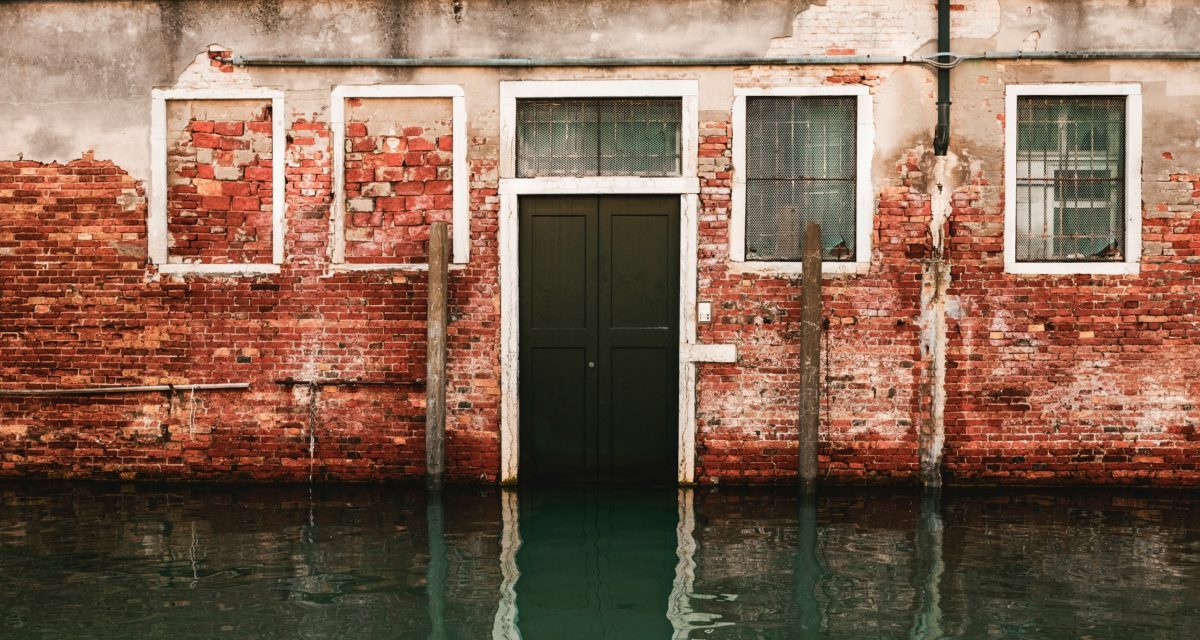Sea level rising is commonly associated with global warming. When you look back through history, there was a significant post glacial sea level rising between 16,000 years to 7,000 years ago. Over the course of time, there have been “spurts” to when melting occurs which then causes a rise in sea level.
The first “spurt” was approximately 19,000 years ago. Then about to 5,000 to 6,000 years later another spurt happened due to glacial melting. Melting then slowed till about 7,000 years later when another “spurt” occurred. After this spurt, sea level rising came to halt for some time. This halt was approximately 7,000 to 6,000 years ago.
Post glacial sea level
Like most things in nature, one change spurs another change. Post-glacial sea level rising does in fact cause global changes. The most common is of course the change in ocean height. This then causes a domino effect. Changes occur in the land which then affect nearby species. The changes in ocean height also have another major impact- the sinking of shore towns. While sometimes there is no concrete evidence, the facts can point to the possibility that numerous archaeologist sites are shore towns that sunk due to post glacial sea level rising.
Over the course of the past 12,000 years sea level in the Atlantic has risen between 150-400 feet. In the Mediterranean alone there are over 200 documented cities or settlements that are sunken. We know that through the course of human history roughly 80% of the world’s population lives within 500 feet of sea level so do the math.
Lots of Sunken Cities
It’s likely that we have only scratched the surface of settlements that are now underwater. The challenge is that they are difficult to excavate, and if they are more than about 40-50 feet down, they become generally inaccessible to all but commercial divers with specialized equipment.
One example that we have been able to chronicle is the Suffolk town of Dunwich. This town is still under water and archaeologists are currently using acoustic imaging to map out the town. Dunwich had a slow death and began sinking 1286. While a storm did in fact cause the town to start sinking, this could have been due to climate changes caused by global warming. And we know that global warming goes hand in hand with post glacial sea level rising.
Many Cities
There other shore towns that have sunk or are partially sunk. One of the most famous in ancient times is Alexandria, Egypt. This underwater city contains numerous historical treasures such as Cleopatra’s palace and Alexandria’s lighthouse. Another is Tybrind Vig, Denmark, where the city flourished during the Mesolithic period.
Archaeologists have not begun to uncover all the shore towns that have sunk in the past 10,000 years. With the oceans natural cycle in place and natural disasters continuously occurring, cities are continuing to sink even today. Miami is currently in danger of sinking in the next 50-100 years. It regularly floods and current measures to reduce the flooding are proving ineffective. Hundreds of current communities could be submerged by rising sea level in the near future due to climate change.
For those of us looking for sunken cities, the future is actually getting brighter. New technologies are making the documenting of underwater sites much more feasible. In the past five to ten years advances have been made in acoustic technology which aids in the discover of sunken archaeologist sites. We could definitely see in increase in discoveries of sunken cities from the ancient world. Perhaps Atlantis will be one of them.







